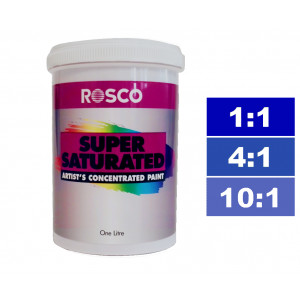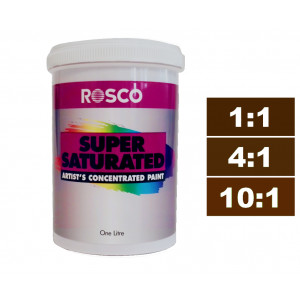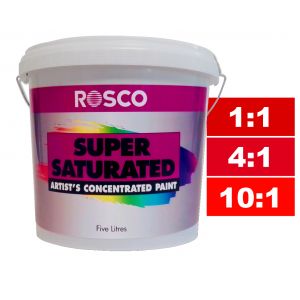Mylac Hard Wearing Floor Lacquer
The Mylands Mylac offers a low-odour, fast-drying, single-pack, water-based lacquer that offers a hard-wearing protection and resistance to common liquids on indoor hard and soft woods.
The Mylands Mylac is a low odour, fast drying single-pack water-based lacquer for floors that is also resistant to a range of common domestic liquids. Easily apply the Mylac to any household or commercial environment and the fast drying formula ensures the floor is ready to use with protection in no time. Manufactured using polyurethane and acrylic (co-polymer) base, this floor lacquer is hard wearing and meets the BS7044 (Part 4) 1990 for slip resistance. Offering great performance and hard wearing protection this lacquer is ideal for a wide range of hard and softwoods for internal use. Mylac Extra requires catalysing 10:1 with Mylac Extra Hardener before use and once activated has a pot-life of approximately 2 hours.
Preparations
Applying to a new floor
The surface to be finished must be clean, dry and free from any contamination. Pre-sand the timber with 100 or 120 grit paper and remove sanding dust prior to lacquer application or save and mix with joint filler to fill any gaps 298550005. For easy sanding and to minimise grain-raising apply a coat of Mylands Shellac Barrier Seal first 057749124.
Previously finished floors
It is very important to remove all traces of wax or polish from the floor by washing thoroughly with White Spirit (when using White Spirit ensure the area has good ventilation) and to ensure that the previous coating is sound. Sand the floor thoroughly with 100 or 120 grit paper and remove all sanding dust.
Ensure that the surface is clean and dry before applying Mylac lacquer – White Spirit is a slow evaporating solvent so will need several hours to dry (particularly in joints between floorboards). It is recommended to coat a test area with the Mylac to check adhesion of the lacquer to the previous coating before coating the entire floor. If in doubt about adhesion, sand the floor back to bare timber, ensuring all the previous coating is removed, and treat as a new floor.
Features and benefits
Specifications
Coverage
Coverage will depend on the application method and type and absorption of the timber, but should be 8 – 12 m2 per litre.
Application
Nitrostains can be used but Shellac Barrier Seal (05 774 9124) must be applied over the stain prior to Mylac application to avoid the bitumen content of the stain disrupting proper drying and curing of the lacquer.
For ideal application the ambient temperature should be a minimum of 15°C. Before use, catalyse 10:1 with Mylac Extra Hardener, stir mix for at least 1 minute and allow any bubbles from the mixing to disperse (at least 5 minutes) before application. Only activate what can be used for one coat and use activated lacquer within 2 hours of activation.
Apply one coat of Shellac Barrier Seal as a primer and allow to dry for 30 minutes to 1 hour (this is optional but not if nitrostain has been used). Apply one coat of activated Mylac Extra using a brush, short pile roller or lambswool mop applicator. Allow to dry for approx 3 hours at 20°C /60% RH. Lightly denib with 120 or 150 grit paper before applying further coats.
- For light traffic - apply 2 coats.
- For normal traffic - apply 3 coats.
- For heavy traffic - apply 4 coats.
Drying Time
Allow 3 hours at 20°C / 60% RH between coats. Inter-coat time may vary from this recommendation under conditions which differ from those recommended. Do not use Mylac Extra in conditions of extreme cold or high humidity – ambient conditions should not fall below 15°C during application and drying.
Allow a minimum of overnight drying before subjecting the floor to light traffic. If possible, leave the floor for 3 days before subjecting to heavier traffic and replacing carpets, rugs, furniture, etc. Drying times will be extended under conditions of low temperature and/or high humidity.
Coverage
Coverage will depend on the application method and type and absorption of the timber, but should be 8 – 12 m2 per litre.





